What To Do When Your Dog Just Has To Go?

Oxo Biodegradable (OXO) plastic is polyolefin plastic to which has been added amounts of metal salts. These catalyze the natural degradation process to speed it up so that the OXO plastic will degrade resulting in micro-fragments of plastic and metals which will remain in the environment but will not be seen as a visual contaminant. The degradation process is shortened from hundreds of years to years and/or months for degradation and thereafter biodegradation depends on the micro-organisms in the environment.
Trivia question for Jul-04-2011
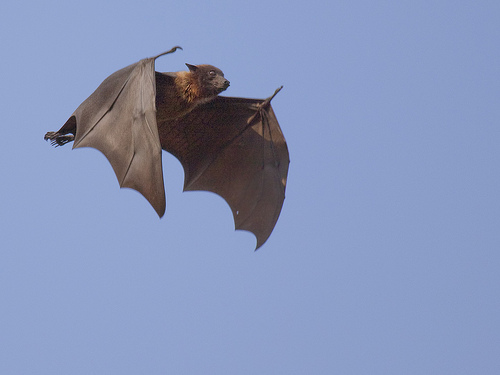
This bat is a very large bat with a wing span of between 4-5 feet. It is nocturnal and feeds mainly on ripe fruits such as mangoes and bananas and nectar. This bat is gregarious and lives in colonies which can number a few hundred.
Trivia question for Jul-03-2011

The bird has a generally subdued coloration, with fine linear patterns of black, grey and brown. Its remiges however have vividly-colored middle webs, which with wings fully spread show bright eyespots in red, yellow, and black.
Trivia question for Jul-02-2011
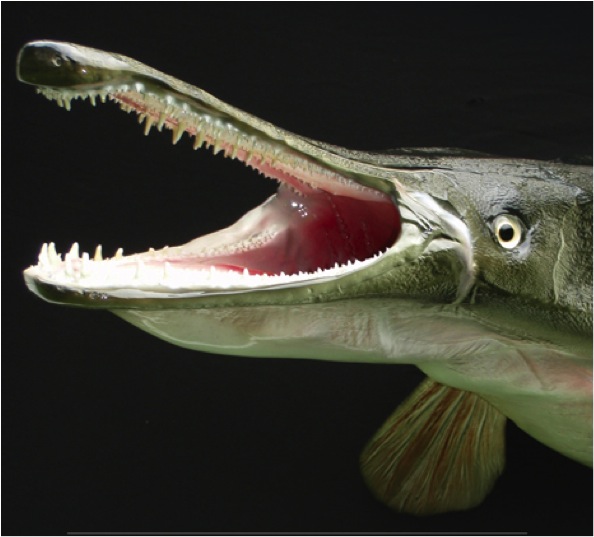
These fish are found in brackish and marine waters of the Eastern Atlantic, the Mediterranean Sea, the Baltic Sea, etc. The fish lives close to the surface and has a migratory pattern similar to that of the mackerel, arriving a short time before the latter to spawn.
Trivia question for Jul-01-2011

The appearance of horns is a reliable method of identifying the sex of giraffes, with the females displaying tufts of hair on the top of the horns, whereas males’ horns are larger and tend to be bald on top
Trivia question for Jun-30-2011
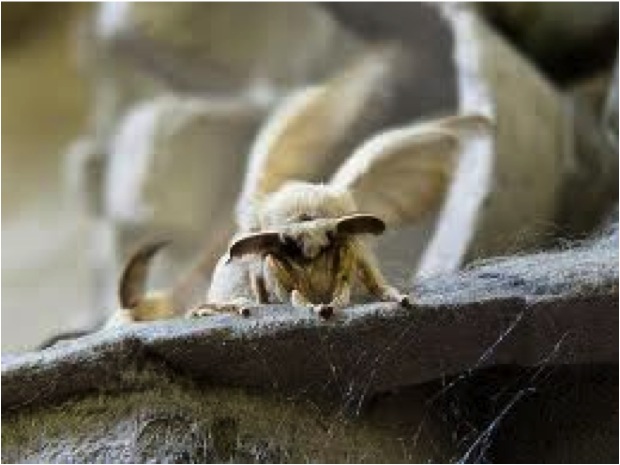
Like many insect species, the pupae of these insects are eaten in some cultures. In Korea they are boiled and seasoned to make a popular snack food known as beondegi. In China street vendors sell their pupae roasted. Silkworms have also been proposed for cultivation by astronauts as space food on long-term missions.
Trivia question for Jun-29-2011

These guys produce a neurotoxin which can be released through its spines. Not only are the wounds themselves serious, but the neurotoxin can cause a sharp stinging pain that can last for hours, as well as nausea and vomiting.
Trivia question for Jun-28-2011
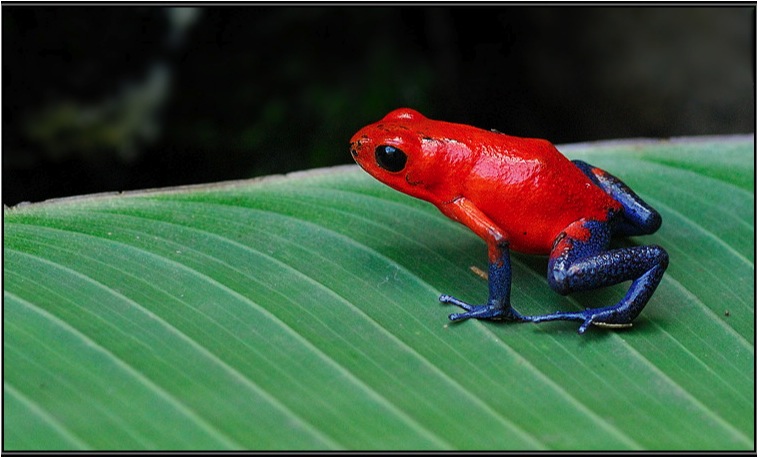
Though not a poisonous as some, this frog still produces toxins powerful enough to keep most animals from eating it.
Trivia question for Jun-27-2011

These are the only extant entirely carnivorous primates: they are primarily insectivorous, and catch insects by jumping at them. They are also known to prey on birds, snakes, lizards, and bats. As they jump from tree to tree, they can even catch birds in motion.
Trivia question for Jun-26-2011

These birds are a tropical member of the Pheasant family. They are thought to be ancestors of the domestic chicken with some hybridization with another type of its species. They were first raised in captivity at least several thousand years ago in Asia, and the domesticated form has been used all around the world as a very productive food source for both meat and eggs.
Trivia question for Jun-25-2011
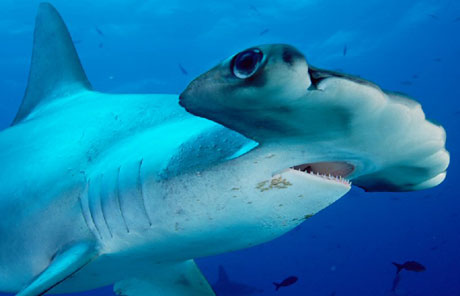
Carter has always been fascinated by the odd look of these guys so today he decided to do his trivia on them. The Great Hammerhead Shark is the largest species of Hammerhead. An active predator with a varied diet, known prey of the great hammerhead include invertebrates such as crabs, lobsters, squid, and octopus, bony fishes such as tarpon, […]
Trivia question for Jun-24-2011

The koalas of South Australia were largely exterminated during the early part of the 20th century, but the state has since been repopulated with Victorian stock. The koala is not found in Tasmania or Western Australia.
Trivia question for Jun-23-2011
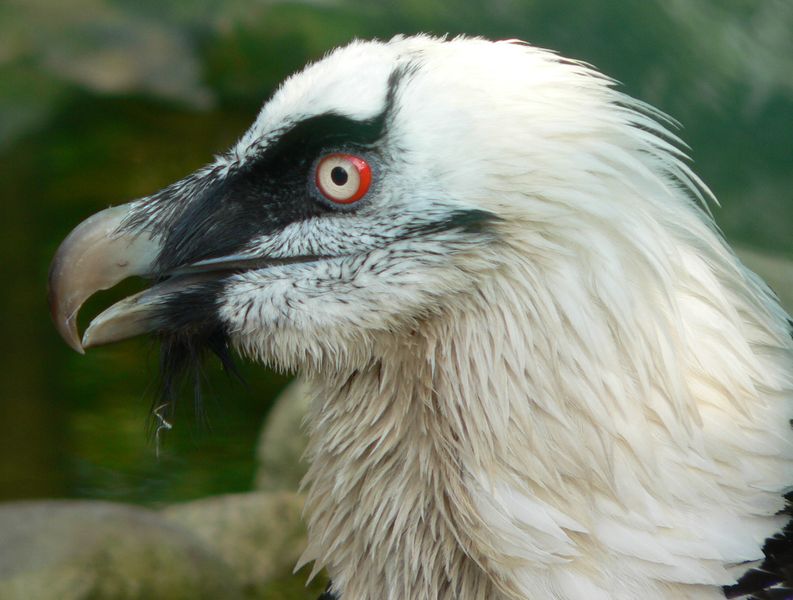
Like other vultures it is a scavenger, feeding mostly from carcasses of dead animals. It usually disdains the rotting meat, however, and lives on a diet that is 90% bone marrow. They can swallow whole bones up to the size of a lamb’s femur and its powerful digestive system quickly dissolves even large pieces.
Trivia question for Jun-22-2011
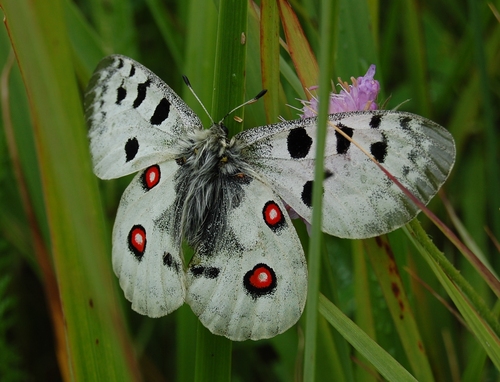
It is found on mountains in Europe usually above 3,300 ft up to 6,600 ft, preferring flowery meadows and mountain pastures. This species is of interest to entomologists due to the variety of subspecies, often only restricted to a specific valley in the Alps.
“Marine Life Facing Mass Extinction, report says” (IPSO) Report
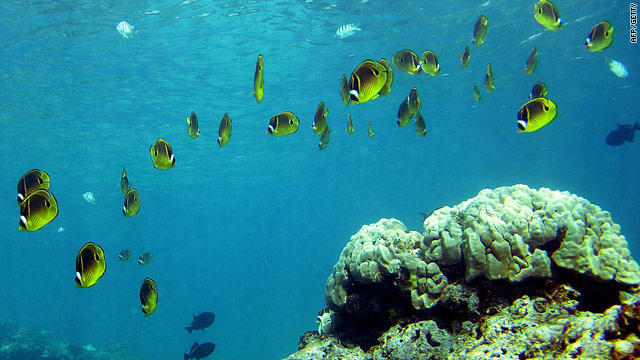
Marine life is under severe threat from global warming, pollution and habitat loss, with a high risk of “major extinctions” according to a panel of experts.

